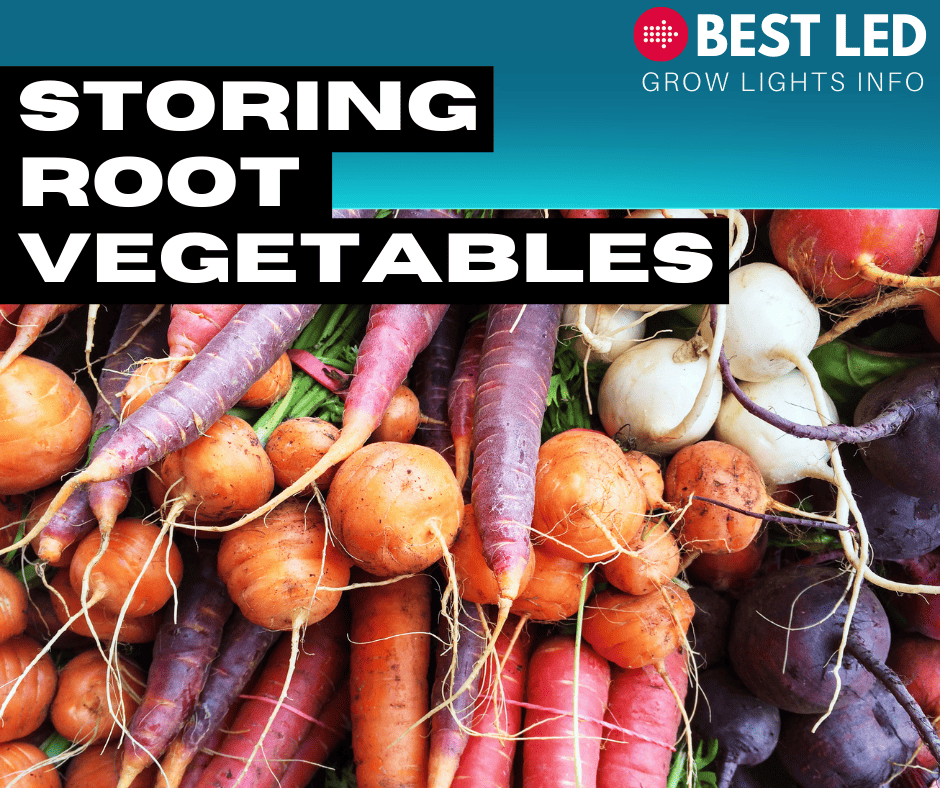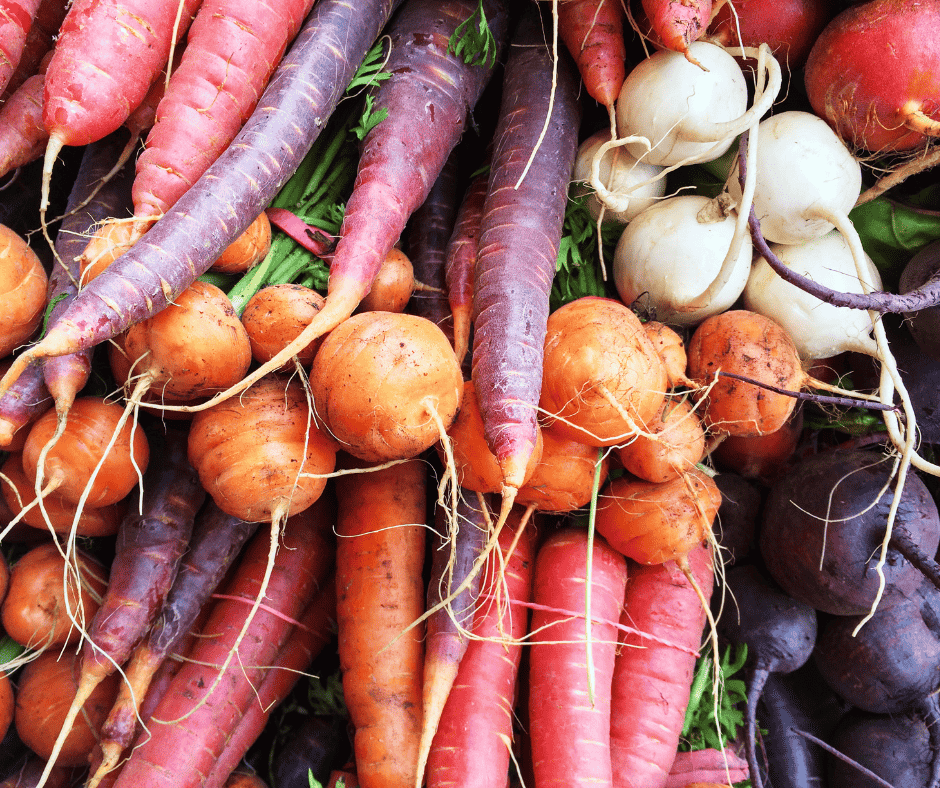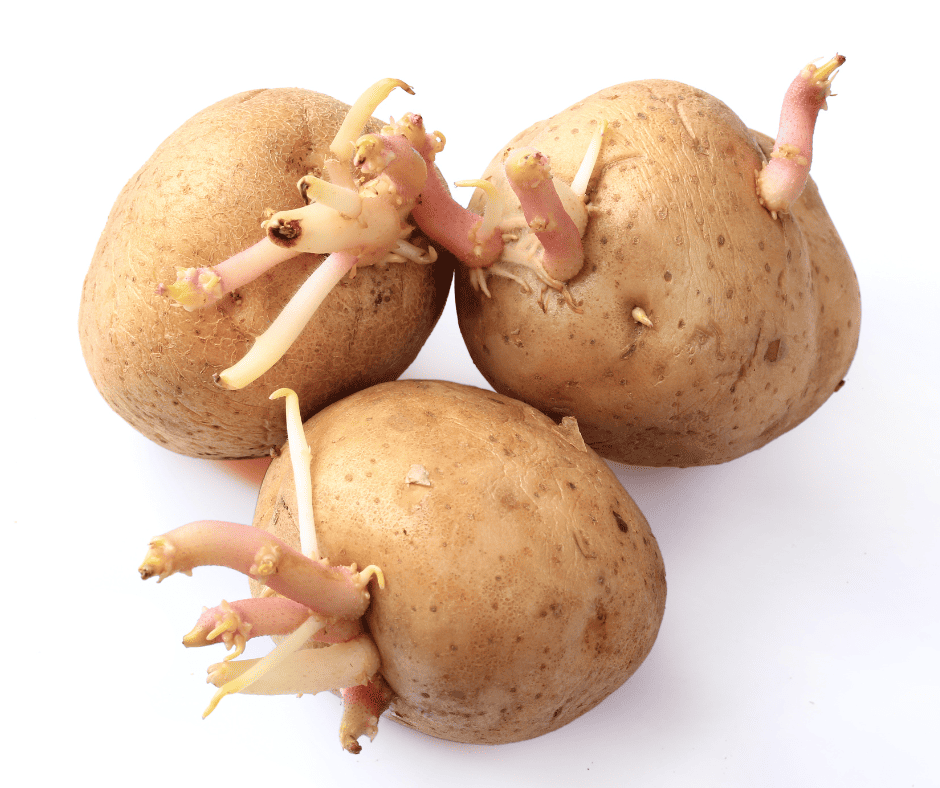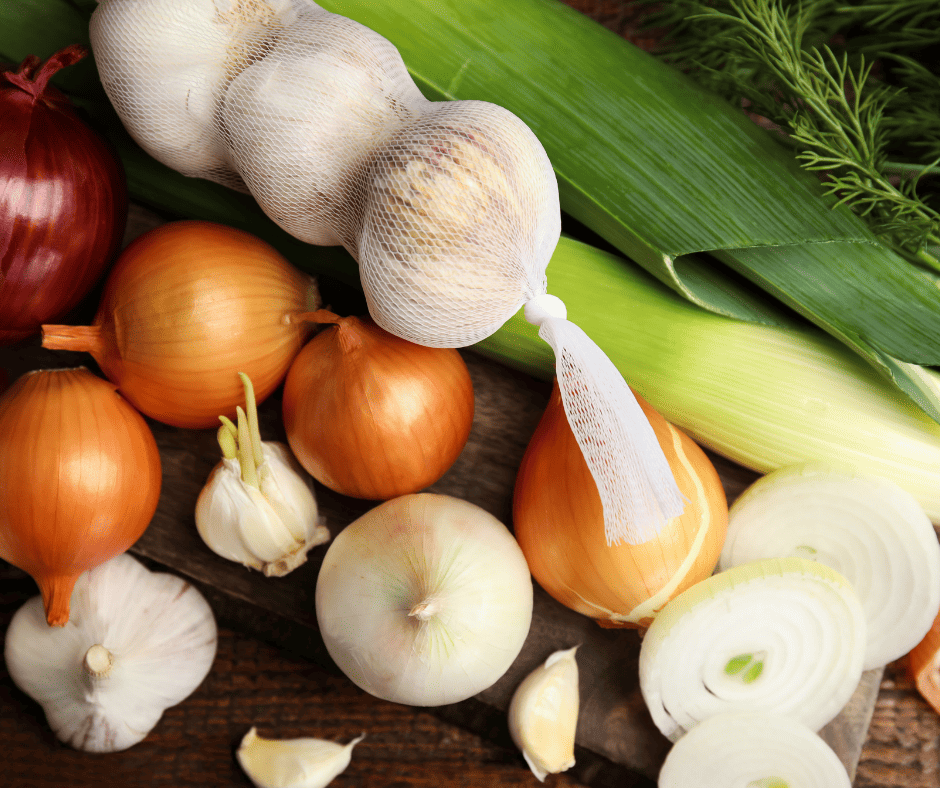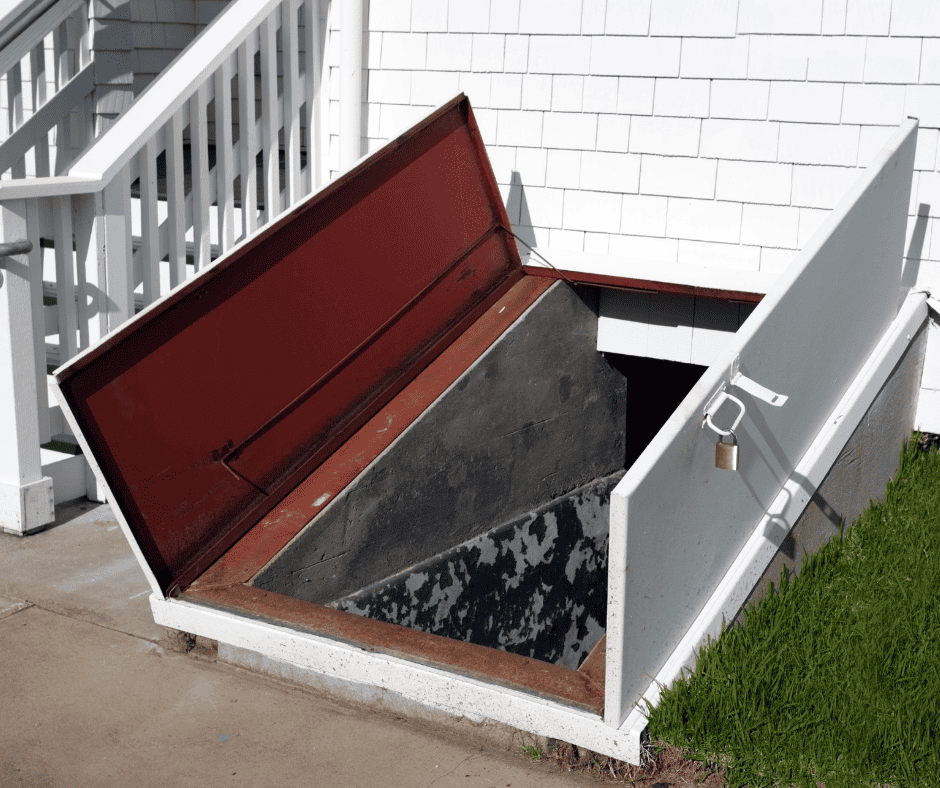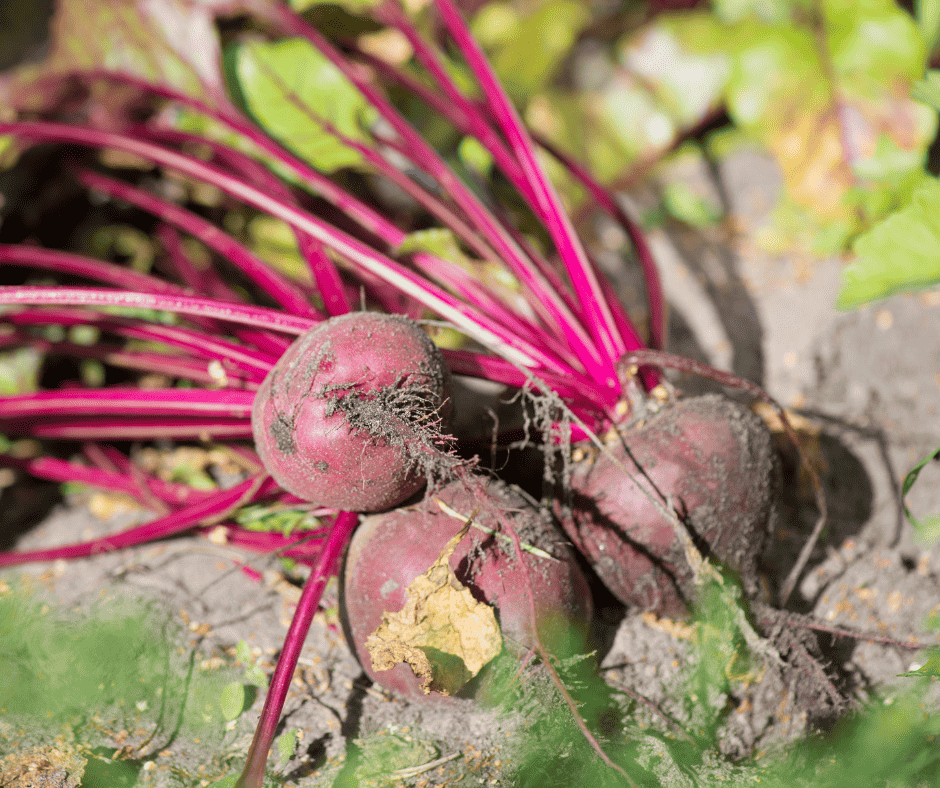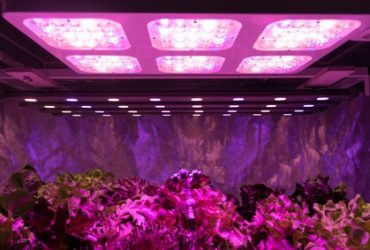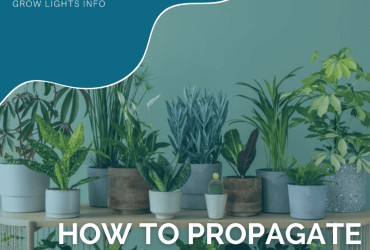How to Store Root Vegetables Properly
If you’re like me, you put a lot of effort into your garden between saving your seeds, weeding, watering, and figuring out which plants grow best together, so you want your yields to last long enough to enjoy the fruits of your labors. Of course, with some fruits and vegetables, long-term storage is relatively simple. But what about root vegetables? Is root vegetable storage different? Do you have to have a root cellar or cold storage for storing root vegetables, or will something else work?
Fortunately, you have plenty of options for storing root vegetables to ensure they last. I’ve tried most of the options below myself and have gotten great results. Plus, many of the strategies on this list are tried and tested by enough gardeners that you can trust their potential. Here’s what you need to know about properly storing root vegetables.
Which Root Vegetables Can Be Stored?
Technically, you can store practically any root vegetable if you use the right approach. Potatoes, sweet potatoes, parsnips, carrots, winter squash, turnips, and many more can last quite a while, allowing you to enjoy a bountiful harvest for far longer than you otherwise could.
Guidelines for Root Vegetable Storage
There are a few basic guidelines for root vegetable storage that apply to essentially every root vegetable. First you want to have a good thermometer. You want to aim for a storage temperature between 32°F and 40°F. Anything above 40°F increases the odds of sprouting and decomposition. If the temperature dips below freezing, you may experience flavor loss.
Second, you want to eliminate light exposure as much as possible. Light can make sprouting more likely, so a dark, cool place is best. It’s also best to keep the humidity level at around 85 to 95 percent and check often to ensure they don’t dry out while limiting the risk of mold, mildew, and rooting.
However, you may need to take extra steps to ensure the humidity levels are appropriate for each vegetable. For those that require high humidity, using airtight containers for storage can help preserve their natural moisture. Ensuring airflow and using items that reduce humidity in their containers could be necessary for vegetables where dampness is an issue.
Another step that many find surprising is that you usually don’t wash root vegetables before storing them. Washing them introduces moisture; excess moisture can make issues like mildew, mold, and rot more likely. However, you can – and often should – brush off excess soil.
Finally, you typically want to remove any outer leaves or leafy tops. The greenery pulls moisture out of the root vegetables, which can cause them to dry out. By removing the leaves, the vegetables usually stay hydrated with greater ease, keeping them fresher longer.
What About Bulb Vegetables?
Bulb vegetables like garlic, leeks, and onions can also be stored long-term. Their storage needs are usually quite similar to those of root vegetables. However, you may have a little more wiggle room regarding the temperature, as a range of 32 to 45°F can work well. When properly stored, bulb vegetables can last four to six months.
Best Ways to Store Fresh Root Vegetables
Cold Storage Room
While the term “cold storage room” may have you thinking about a large refrigerated space, that isn’t the case. Instead, it’s essentially akin to a root cellar, an area with a consistent, lower temperature and the right humidity levels.
Now, you don’t need a traditional root cellar either, though it’s not a bad idea to take advantage of one if you’re lucky enough to have a root cellar on your property. Any space that meets the temperature and humidity criteria can work if a root cellar isn’t available.
An unheated garage, garden shed, basement storage room, or anything similar is worth exploring. Just take some time to monitor the temperature and humidity levels before you start storing root vegetables in that space, allowing you to see if the area ever ends up outside of the necessary temperature range or humidity level.
Sand Storing
If you aren’t familiar with storing root vegetables, you may wonder, “What is sand storing?” Sand storing is a process where you keep the vegetables in a container indoors and use sand as a storage medium. Usually, “play” sand – the type used for children’s sandboxes – works well, as it’s fine and is easy to wash, dry, and sift. Plus, sand can stay damp enough to ensure humidity without getting overly wet.
Sand storing is a container-based option. You choose a container, add a layer of sand a few inches deep, put in a layer of vegetables, and cover them with sand, repeating the vegetable and sand layers until the container is full.
When you create the vegetable layers, make sure there’s space between each vegetable. Additionally, store the vegetables how they grow. For example, keep carrots vertical instead of laying them down horizontally.
Once filled, keep the container in a cool space. If the humidity level is low, check the sand for moisture regularly. If it’s getting dry, spritz it with distilled water as needed.
With sand storage, you can get a lot of life out of vegetables. Often, they’ll last two-to-five months, depending on the type.
FAQs About Storing Root Vegetables
How Do You Store Root Vegetables Without a Root Cellar?
If you don’t have a root cellar, any cool, dark space with the proper temperature range and humidity can work. Consider using an unheated garage, attic, basement closet, or similar space instead.
How Do You Store Root Vegetables in the Fridge?
Usually, you only want to place root vegetables directly in the fridge if a humidity level closer to 65 percent suits them. Otherwise, they may dry out.
However, you can potentially add moisture by using containers and adding damp paper towels or perforated plastic bags. Since the needs of root vegetables vary, it’s best to research the exact one you want to store in the fridge to determine which approach is best.
You can turn a crisper draw into a sand storage container if you like. However, if you don’t want to dig sand out of the cracks of the drawer, you can also use a separate container placed inside a crisper drawer instead.
How Long Do Root Vegetables Last in a Root Cellar?
Generally, root vegetables can last between two and nine months in a root cellar, depending on the type, with the average lifespan being closer to four-to-six months. Again, the kind of root vegetable you’re storing makes a difference, so looking up vegetable-specific information is wise to get a more accurate figure.
Can You Chop and Freeze Root Vegetables?
You can chop and freeze root vegetables, but you must blanch them in lightly salted water first. After blanching, rinse the vegetables, drain and dry them with a paper towel, and place them in a container or bag before freezing.
Should You Wash Root Vegetables Before Storing Them?
In the vast majority of cases, you shouldn’t wash root vegetables before storing them, as washing introduces excess moisture. Instead, simply brush off any excess dirt before placing them in storage.
What Is the Best Method of Storing Root Vegetables?
Overall, using a traditional root cellar is often best, as it provides optimal conditions. However, any of the options discussed above can also work well, so using a root cellar isn’t a necessity.
Enjoyed this post? Pin it!
